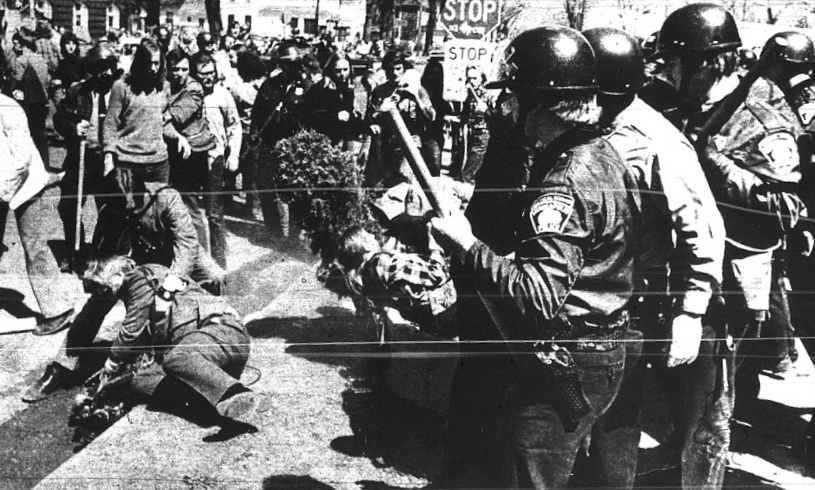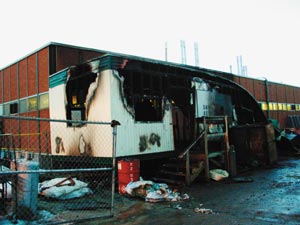From the Animal Liberation Front
To all those who refuse to give in,
In the early morning hours of April 29th, our small band of do-gooders made our way through muddy fields and wet forests to descend upon Latzig Mink Ranch in Howard Lake, MN.It has been ten years since the A.L.F. last visited this farm, and it has been too long since there has been a liberation.
Only the breeding animals were on the farm. After cutting several holes and opening gate in the surrounding fence, we entered the main breeding shed. All of the breeding information was removed and destroyed. Every cage was opened, releasing hundreds of mink into the surrounding countryside.
Imprisoned in fur factories, these solitary creatures are forced to endure the intensive confinement of only a few square feet of cage, compared to the miles of territory these animals would enjoy in the wild – their natural state. Even if these animals die after being released into the wild, it is better there than at the hands of those who would otherwise imprison them and cause them to suffer. It is better to die after a life of running free in the wild under starred skies while chasing their prey, as these animals are supposed to do, than to die a death brought about by gassing, anal electrocution, or snapping of the neck. How do you think these animals would prefer to die: after a lifetime running free in the wild under starry skies, or after a lifetime of confinement ended by a brutal murder of gassing, anal electrocution, or a snapped neck – a murder all for the profit and vanity of others.
Many of the mink scratched and paced in their cages, searching for ways to escape. We aided them by removing the nesting boxes and opening the cages. Initially, many of the mink had trouble walking because of the deplorable and cramped conditions of the cages. All cages contained at least two mink, but many contained several more. By the time we had finished, many had darted to the freedom that sat on the other side of a broken fence. We hope with all of our hearts that some of these beautiful creatures make it!
This is the second A.L.F. liberation in the midwest done in absolute solidarity with Peter Young, whose unparalleled bravery and determination serves as an inspiration to us all.
To all of those who smirk at the fate of Peter and other captured activists, remember this: we have broken, closed, and burnt down more of your farms, more or your labs, and more of your business than you have been able to capture activists. As in the case of Peter, for each year that one of us faces in prison, there will be an equal, if not greater, number of liberations in response. Your attempts at scaring us and making an example of our comrades will not work.
Finally, to all fur farmers, furriers, and profiteers of death, this is the last warning: close down your businesses, or with boltcutters, fire, and storm, we’ll do it for you. You can try to scare us, you can try to imprison us, and you can even try to kill us, but the day we stop will be the day that the last animal has been freed from its cage.
Let the third and final part of Operation Bite Back commence!
For Absolute Liberation,
the A.L.F.
P.S. Peter, I hope this helps raise your liberation to letter ratio.

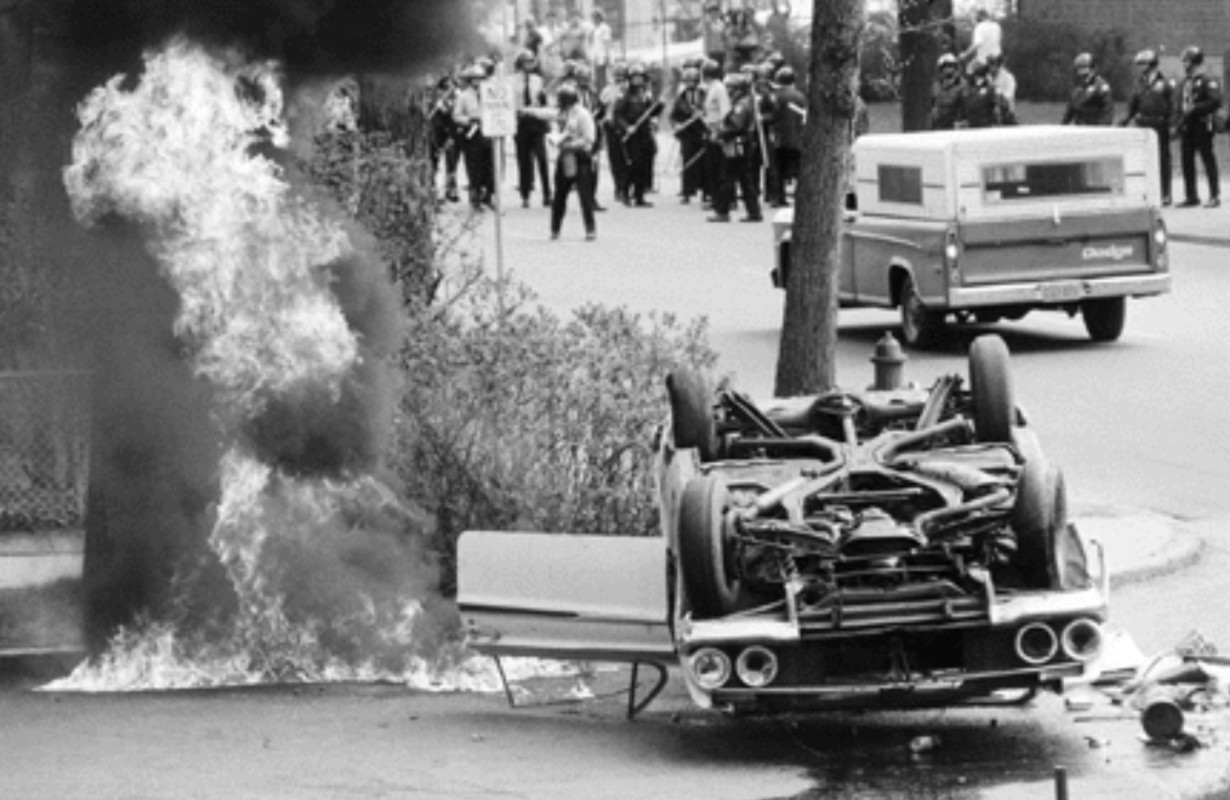 Despite the few successes the anti-war movement has had in the past few years, any means to real change has been hijacked by a shrill minority that wishes to impose permits, routes, parade marshals (e.g. peace police), zones of “protest” and other such nonsense, turning our rage and creativity into a well-ordered media spectacle, or worse, mass arrest. The constant and insincere calls for “solidarity” and “protecting others” have turned our once raucous resistance into an exercise of well-organized crowd control.
Despite the few successes the anti-war movement has had in the past few years, any means to real change has been hijacked by a shrill minority that wishes to impose permits, routes, parade marshals (e.g. peace police), zones of “protest” and other such nonsense, turning our rage and creativity into a well-ordered media spectacle, or worse, mass arrest. The constant and insincere calls for “solidarity” and “protecting others” have turned our once raucous resistance into an exercise of well-organized crowd control.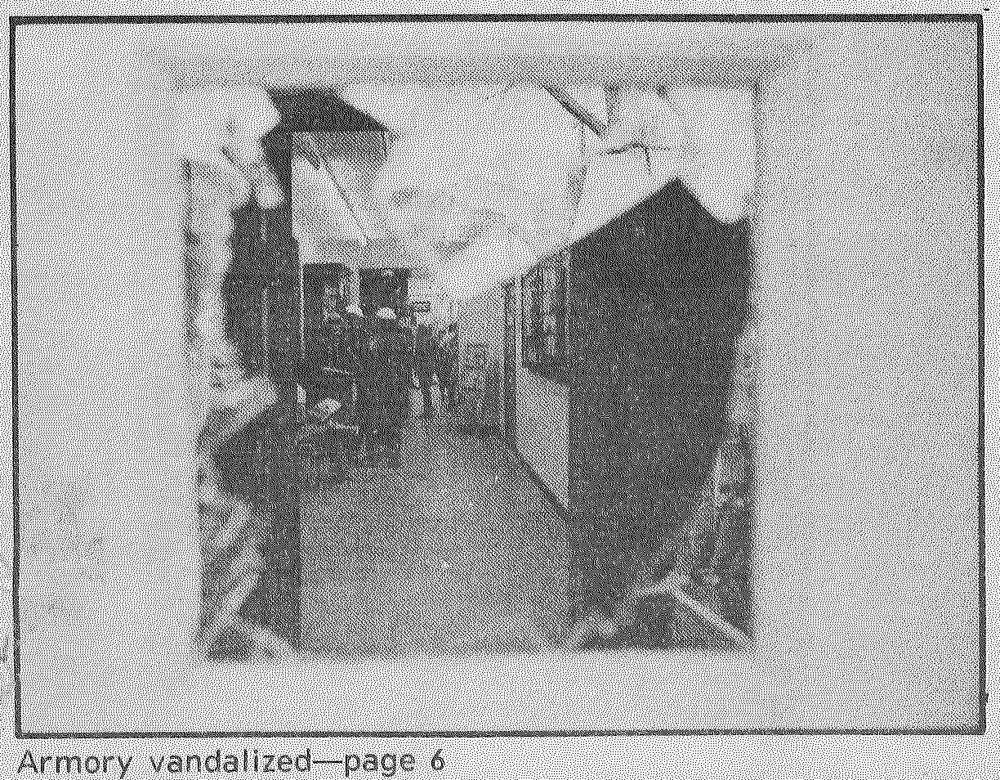
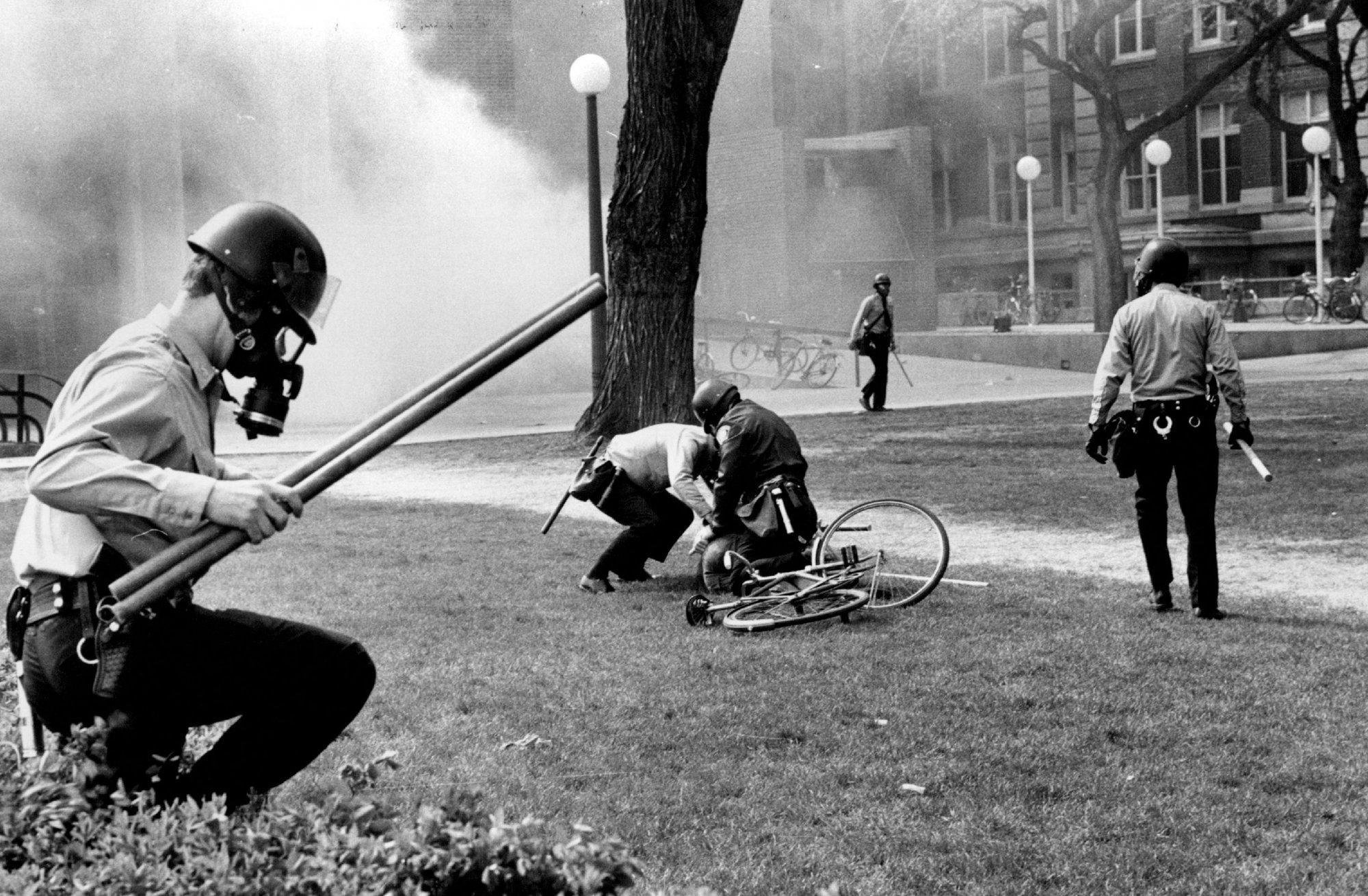


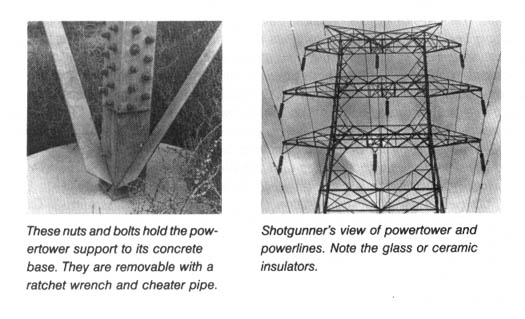
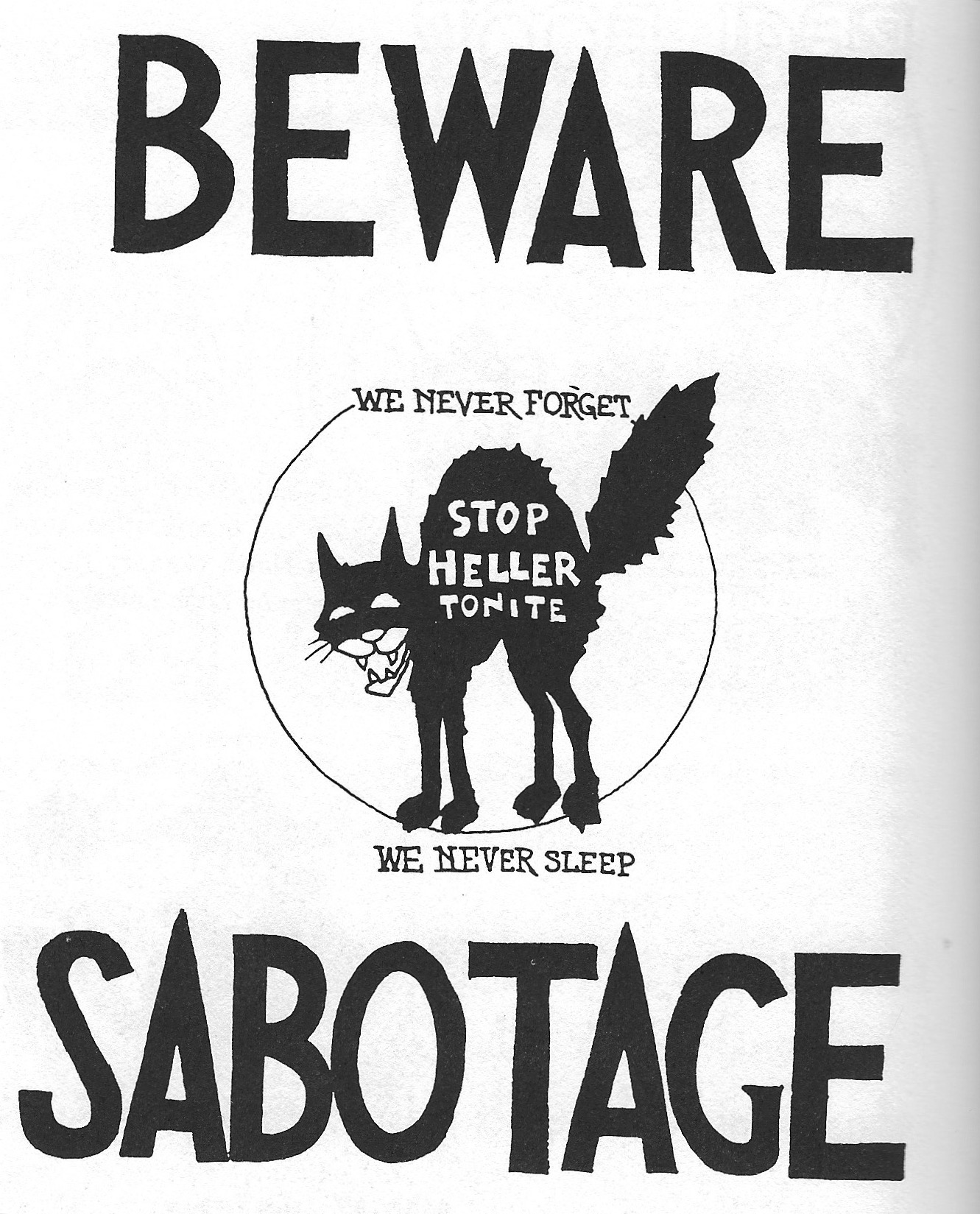 The University of Minnesota opened its West Bank campus in the early 1960s. By the end of the decade, the neighborhood had changed from one of mainly Scandinavian immigrants to one comprised largely of students and members of the white youth counterculture. During the same time, Keith Heller, a professor at the University, was quietly buying up land in the area. His plan was to raze the neighborhood and build ten high-rise apartment buildings in its place. This project was going to be called “New Town in Town.”
The University of Minnesota opened its West Bank campus in the early 1960s. By the end of the decade, the neighborhood had changed from one of mainly Scandinavian immigrants to one comprised largely of students and members of the white youth counterculture. During the same time, Keith Heller, a professor at the University, was quietly buying up land in the area. His plan was to raze the neighborhood and build ten high-rise apartment buildings in its place. This project was going to be called “New Town in Town.”